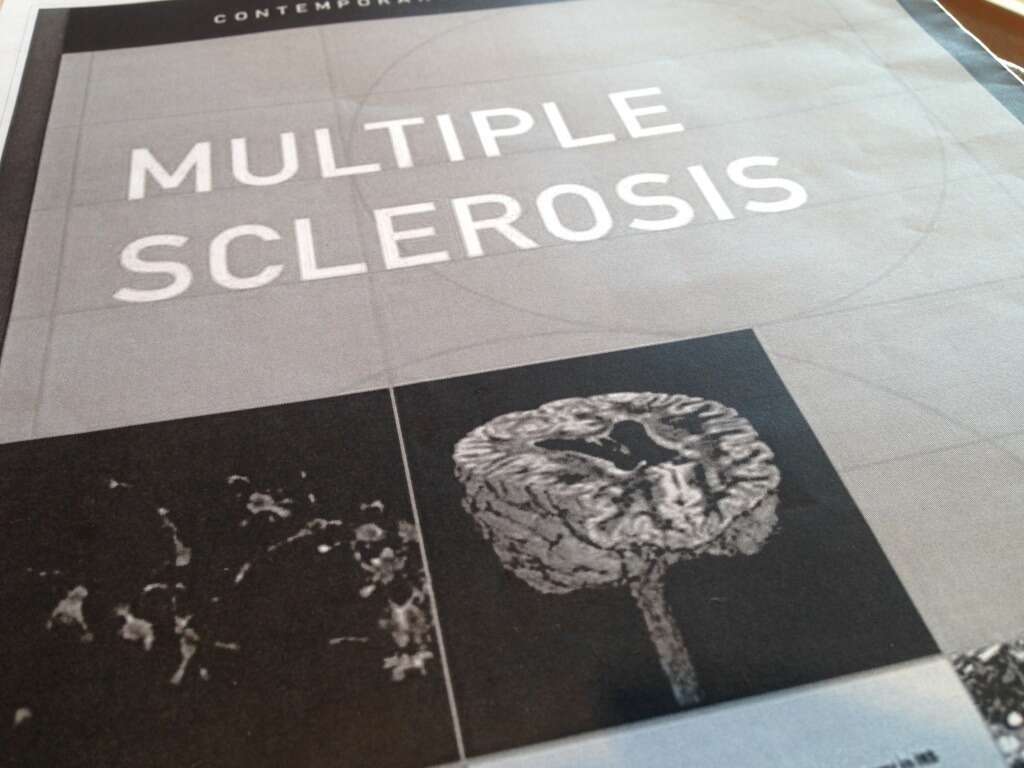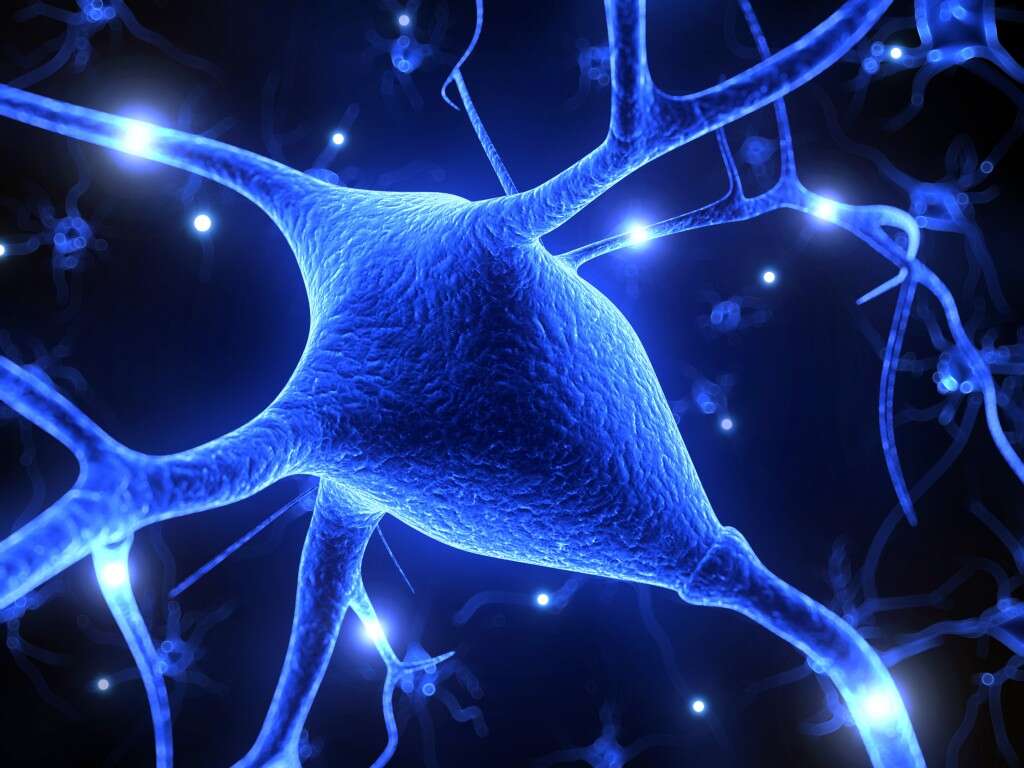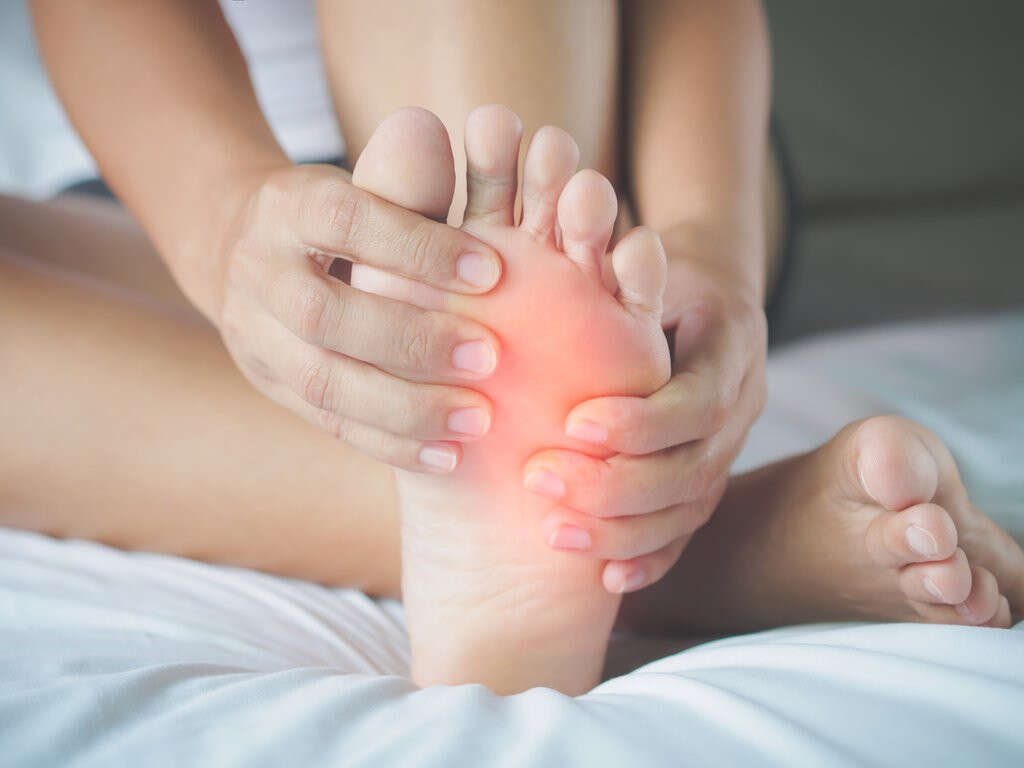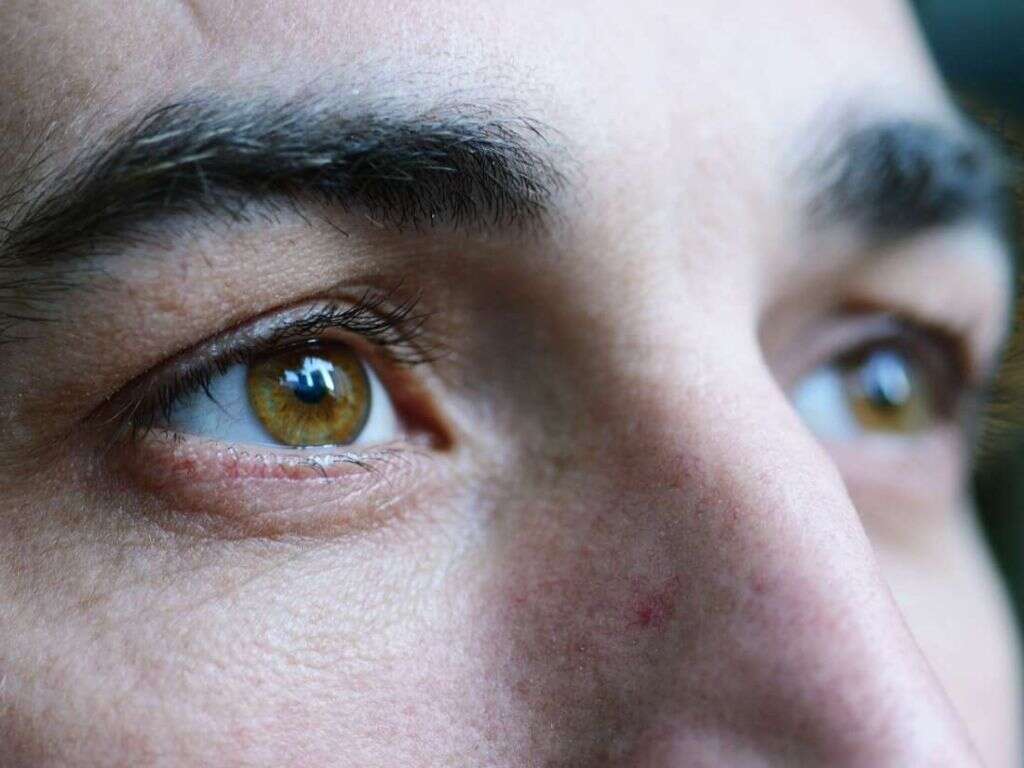What Is CREST Syndrome?
CREST Syndrome is an autoimmune disease, which means that the patients own immune system is working against them. It affects the patients skin and connective tissues and, thankfully, it is quite rare. Women are affected by it more often than men are, and it usually affects people aged between 10 and 50 years old.
While CREST syndrome can be very uncomfortable, it is not usually dangerous and only those people with the most severe cases will be at risk. Here we provide more information on the condition, along with some of the symptoms that patients can expect to encounter.
1. Scleroderma
CREST is a variety of scleroderma and it is also known as limited scleroderma. Scleroderma is a type of auto-immune disorder, and this means that that your immune system attacks your body as well as helping to protect it against disease. It occurs because our immune system causes the body to produce too much collagen.
Collagen is a substance that helps provide elasticity and moisture to the skin, and losing it with age contributes to the appearance of ageing. With too much collagen in our skin, it becomes thicker and tighter than it usually would be and this, in turn, results in a number of complications.
2. Digestive System
As mentioned, CREST syndrome is a type of scleroderma, but it does have a main feature that differentiates it from other types. Most types of scleroderma will only affect the arms, face, and legs, and this can be quite uncomfortable for the patient in itself. In addition to these, however, CREST syndrome can also affect the digestive tract.
This means that the patient will face a number of complications and symptoms that other types of scleroderma will not cause. In some cases, albeit quite rarely, it can also lead to the patient developing problems in their heart and in their lungs.
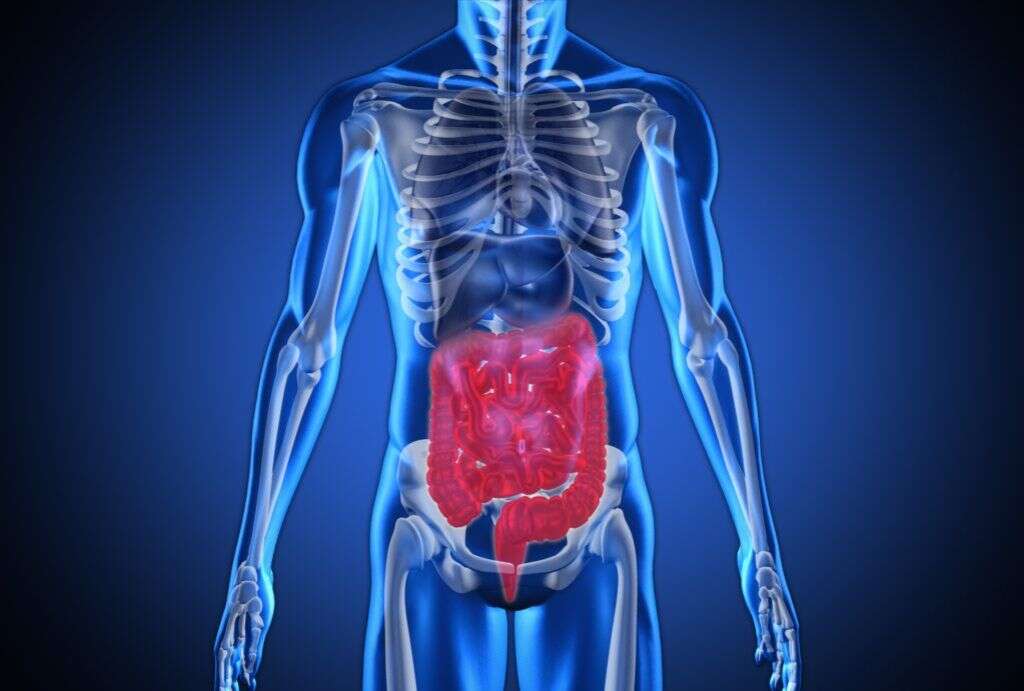
3. CREST
The word CREST is actually an acronym that has been made from the first letters of the syndromes main features. These are: (1) Calcinosis, (2) Raynaud’s phenomenon, (3) Esophageal dysmotility, (4) Sclerodactyly, and (5) Telangiectasia.
People will need to show two or more of these features in order for them to be diagnosed with CREST. In addition, the word scleroderma, of which CREST is a variety, translates into English from Latin as “hardened skin.” While the symptoms of CREST are usually uncomfortable for the patient, they are not usually dangerous, although they can develop into something more serious in some cases.
4. Calcinosis
Calcium is a very important mineral for us and it is important that we include plenty of it in our diets. It is important because it helps to encourage healthy bones and it also serves some other very important functions in our body. While it is very important for us, it can cause problems for some people.
Calcinosis is a condition that means the patient has small deposits of calcium under the skin. These develop mainly on the elbows, fingers, and knees, and it can be very painful for the patient. In some instances, these deposits can become infected, and this can lead to further complications.
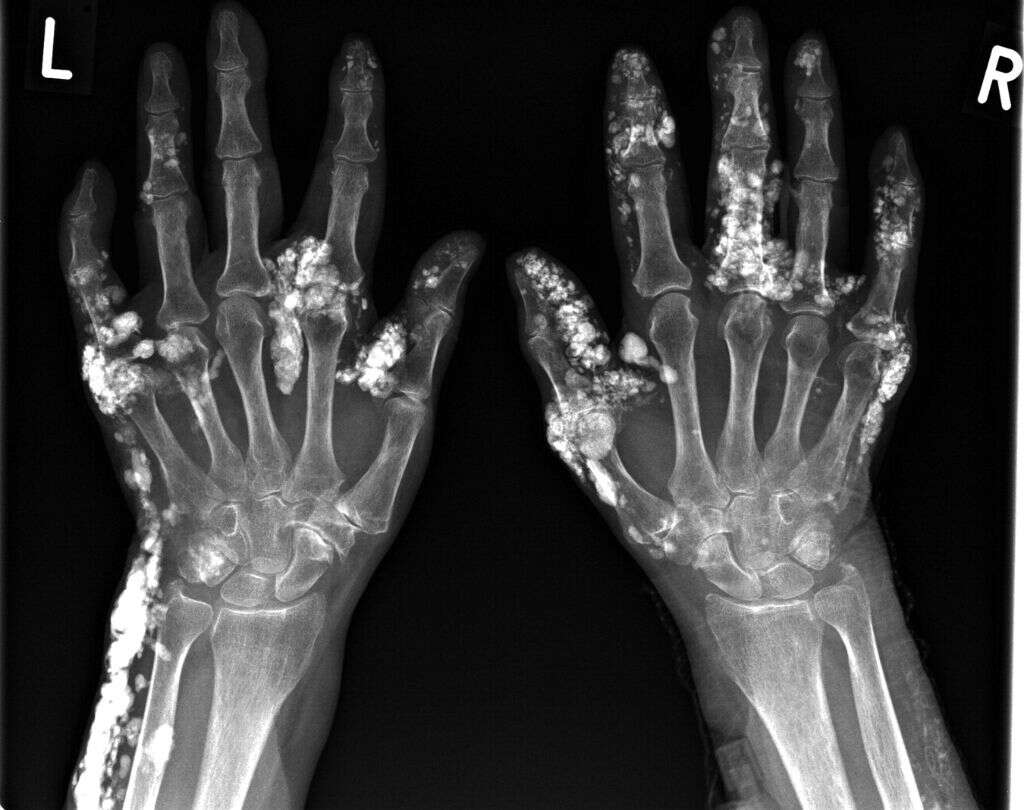
5. Raynaud’s Phenomenon
Our blood circulates throughout our whole body, including our fingertips, and this is evident in the color of our fingers. If, for whichever reason, the flow of blood was stopped, then our fingers would become a lot paler than they usually would be. This phenomenon occurs in people that have Raynaud’s phenomenon.
In Raynaud’s phenomenon, the blood vessels in the toes and fingers can spasm. This tends to be triggered by emotional stress and/or cold. This causes the flow of blood to be blocked, and this can turn fingers white and cold, while they can also turn blue in some instances. When the circulation returns, fingers will turn red and begin to throb.
6. Esophageal Dysfunction - Swallowing
Swallowing is one of the most natural things that we can do. As a natural instinct, we are born with the ability to swallow and it does not need to be taught to us at all. Esophageal dysfunction, however, can make swallowing difficult to do for some people with CREST syndrome.
CREST syndrome can cause problems with the esophagus, which is the tube that connects our mouth to our stomach. The condition can cause a problem with the functioning of the muscles here, and this can make it difficult for the patient to swallow.
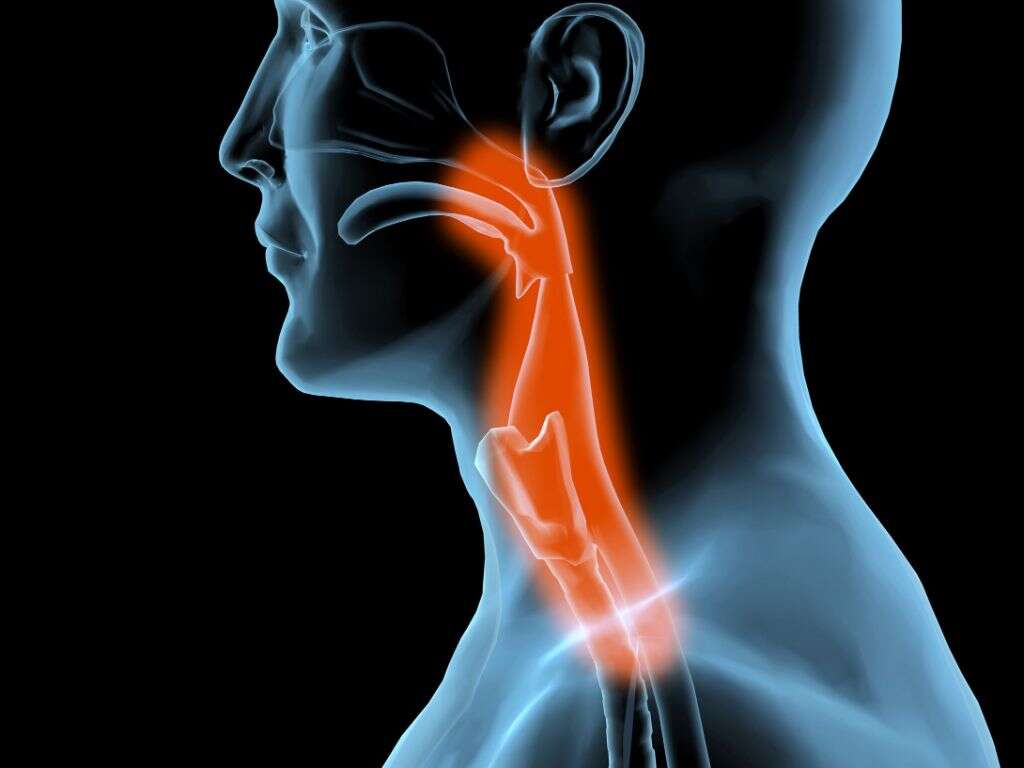
7. Esophageal Dysfunction - Reflux
Reflux is another term for heartburn, which is a burning sensation that a lot of people sometimes feel in their throat. It can be quite painful at times but treatment is relatively easy, and there are also steps people can take to prevent it from happening in the first place.
That the muscles in the esophagus are not functioning properly means that the esophageal sphincter, which keeps stomach juices inside the stomach, will not close properly. This, in turn, means that the juices are able to rise up the esophagus, and this results in the sensation we feel as heartburn.
8. Sclerodactyly
Our skin needs to have the right balance between tightness and elasticity. If it is too tight then it will limit our flexibility, and this is exactly what can happen in people that have CREST syndrome. Patients with the condition can find that the skin on their fingers and toes becomes so tight that it is difficult for them to move their digits.
This occurs because, as mentioned, the body is releasing more collagen than usual, thus increasing the collagen structure in the skin. Not only can this make it hard for patients to bend their fingers, it can also be quite sore.

9. Telangiectasias
The T in CREST stand for telangiectasias, a condition that is also known by many people as spider veins. It is so called because of the way the affected veins resemble the legs of spiders. They are caused by blood vessels dilating just beneath the surface of the skin, which then makes them clearly visible.
They will also sometimes appear as small dots on the skin. These will appear mainly on the hands and face but they can also appear on the forearms. They are not painful and are mainly harmless, although they will appear in increasing numbers as time goes by.
10. Treatment
As yet there is no known cure for CREST syndrome. As it is a chronic disease, patients will usually have it for life. Having said that, some people will find that the symptoms will gradually fade away completely within 2 to 5 years.
The good news is that doctors are able to help treat the conditions, which can at least reduce the levels of discomfort. This includes creams that can help to reduce swelling and tightness and medication that can help to suppress the immune system. Pain relief medication can also be useful, while antibiotics are also often useful to help prevent and treat infections.



